Kitchen Hacks
The Best Substitutes for Cake Flour & Self-Rising Flour in Baking
No need for an extra trip to the grocery store—you probably already have everything you need.
Photo by James Ransom

It's here: Our game-changing guide to everyone's favorite room in the house. Your Do-Anything Kitchen gathers the smartest ideas and savviest tricks—from our community, test kitchen, and cooks we love—to help transform your space into its best self.
Grab your copyPopular on Food52
27 Comments
Ruchi611 October 6, 2022
if i have a chocolate sponge cake recipe which calls for APF, can i replace it with cake flour or especially self raising flour so to secure the cake from deflating? thanks!
Michelle C. March 24, 2020
I have 20kg bag of pastry. I need bread flour. I have some gluten wheat flour. What is the ratio mix please
Rick M. April 30, 2020
The question is not specific enough as written. If you have "Gluten Wheat Flour." That would be all you need to make bread. Now if you're actually meaning to say you have "Vital Wheat Gluten" that is completely different and has no actual ratio for making bread flour with Pastry Flour. Pastry flour is a soft wheat flour with a protein content between those of all-purpose flour and cake flour. Now to make Bread Flour out of AP and VWG, you would take 1 cup AP, remove 1 1/2 teaspoons, and replace with 1 1/2 tsp of VWG. Since Pastry flour is lower in protein than AP, you may need to kick it up to 2-3 Tablespoons to as a replacement. Sadly, it would have to be your experiment of trial and error, but hopefully this guides you in the right direction. If you are NOT referring to Vital Wheat Gluten, then I am really confused by your question. Why is noone from Food52 answering these questions?
Rebecca February 4, 2018
I have a recipe that calls for cake flour. I only have self
rising flour. Do I need to make any changes?
rising flour. Do I need to make any changes?
Betty D. February 14, 2018
Yes. Cake flour has cornstarch added. You need 2 tablespoons for every 1 cup of flour. Remove 2 tablespoons of flour and add 2 tablespoons of cornstarch. Then sift it well.
Rick M. April 30, 2020
This answer is too late, but may help future readers. According to ATK, self-rising flour has the same gluten content as cake flour (not AP flour, as this article keeps erroneously pointing out), so in making cake recipes, just do not add any salt or leaveners as they are already in the Self-Rising Flour.
Nineveh O. April 24, 2017
Hi there. If the recipe calls for 350 g of self raising flour thays abt 2 3/4 cups i think? How many salt and baking powder should i place and should i leave out thr 3tsp baking powder thats included in the ingredients? Or keep it?
Yw Y. September 28, 2016
What if the flour is in weight in the recipe? Other than converting flour in weight to flour in cups, do you have a formula for these DIYs when flour is measured in weight? thank you.
AntoniaJames May 2, 2016
Read this before using in an angel food cake the DIY alternative suggested above: http://www.seriouseats.com/2016/05/why-no-unbleached-cake-flour.html Scroll down to the third set of comparison cakes for more information on this substitution, as well as compelling evidence proving the point. ;o)
kantcould May 20, 2015
To turn all purpose into bread flour, I keep Hodgson Mill Vital Wheat Gluten on hand.
Regine October 16, 2013
I myself use a different formula for cake and self rising flour that always deliver superior results. 1 cup cake flour = 3/4 cup all purpose + 2 tbsp cornstarch. 1 cup self rising flour = 1 cup all purpose flour + 11/2 tsp baking powder. I omit the salt but if I must I put only 1/8 tsp. I bake all the time and these formulas always work for me. Also, I don't like cake flour due its acidific aftertaste and what I think is a powdery texture, and i have made cakes that ask for cake flour and then made then a second time using my formula. The cakes made with the combination of AP flour and cornstarch is superior in terms of texture and taste.
Lisa October 13, 2013
What about pastry flour? I use to have a local source for it, but no longer. Someone told me that pastry flour was similar to cake flour. Can anyone clear that up for me?
Jen M. October 14, 2013
Pastry flour is similar, but not identical, to cake flour -- it's also low-protein, but the protein level usually sits somewhere between those of cake flour (8%) and all-purpose flour (11%), and it's slightly starchier. If you're in a pinch, using a 50/50 mix of cake flour and all-purpose flour makes a good pastry flour substitute.
AntoniaJames October 9, 2013
Very helpful, even for this old-school type who cannot imagine a pantry without cake flour (but finds herself without enough on occasion, and appreciates being spared a trip to the grocery). Quick question, though . . . . does the cake flour conversion work when measuring by weight, not volume? Yes, I know that most recipes in the US are by volume, but being lazy to the core, I much prefer using a scale; typically I convert based on the nutrition information on the box. (Those labels with the calories, fat content, etc., always include both volume and grams; simple arithmetic is all one needs to make the conversion.) Thank you! ;o)
Jen M. October 9, 2013
Ooh, that's a good question. I imagine the conversion would work just fine, as long as you keep the proportions the same, but perhaps more seasoned bakers could chime in?
Annette J. October 9, 2013
I am always surprised at some of the cultural cooking differences between countries, in the UK every shop that sells flour will have at least two varieties (and often more) - plain and self-raising
amysarah October 9, 2013
Thanks for the translation. From what I gather from a couple of baking books published in the UK, self rising flour is more frequently used there as well.
Monica M. October 9, 2013
Great tip on the self rising flour. I remember looking in the past and not being able to find the amount of baking powder to flour ratio!

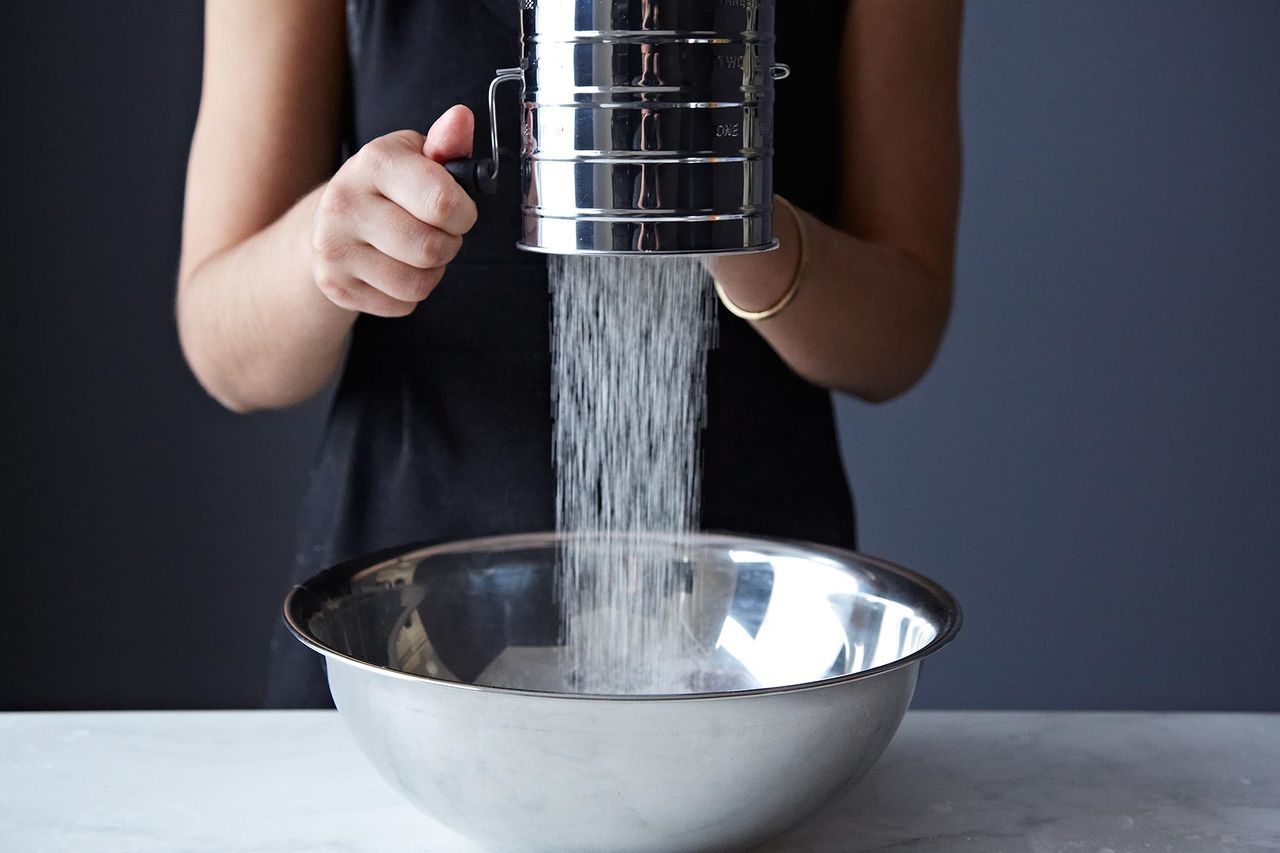
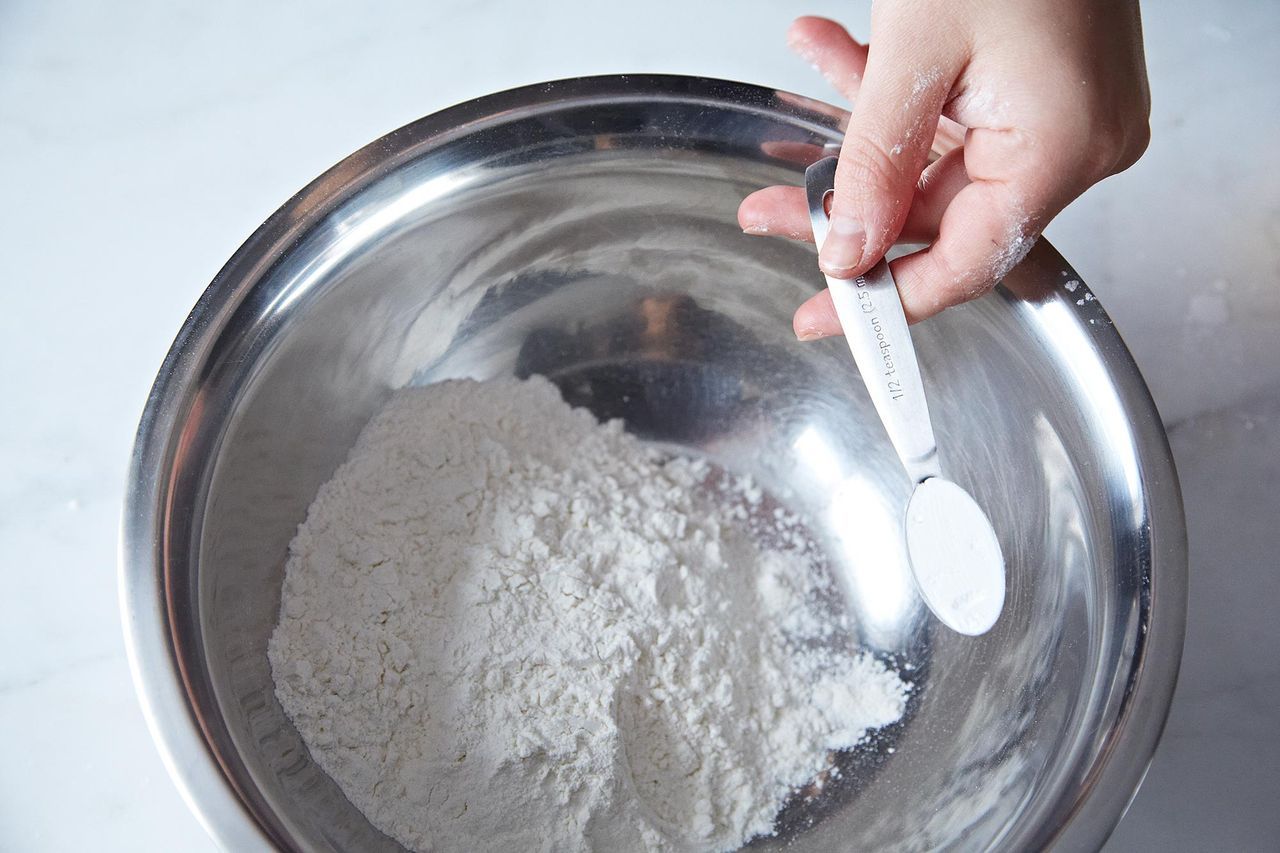
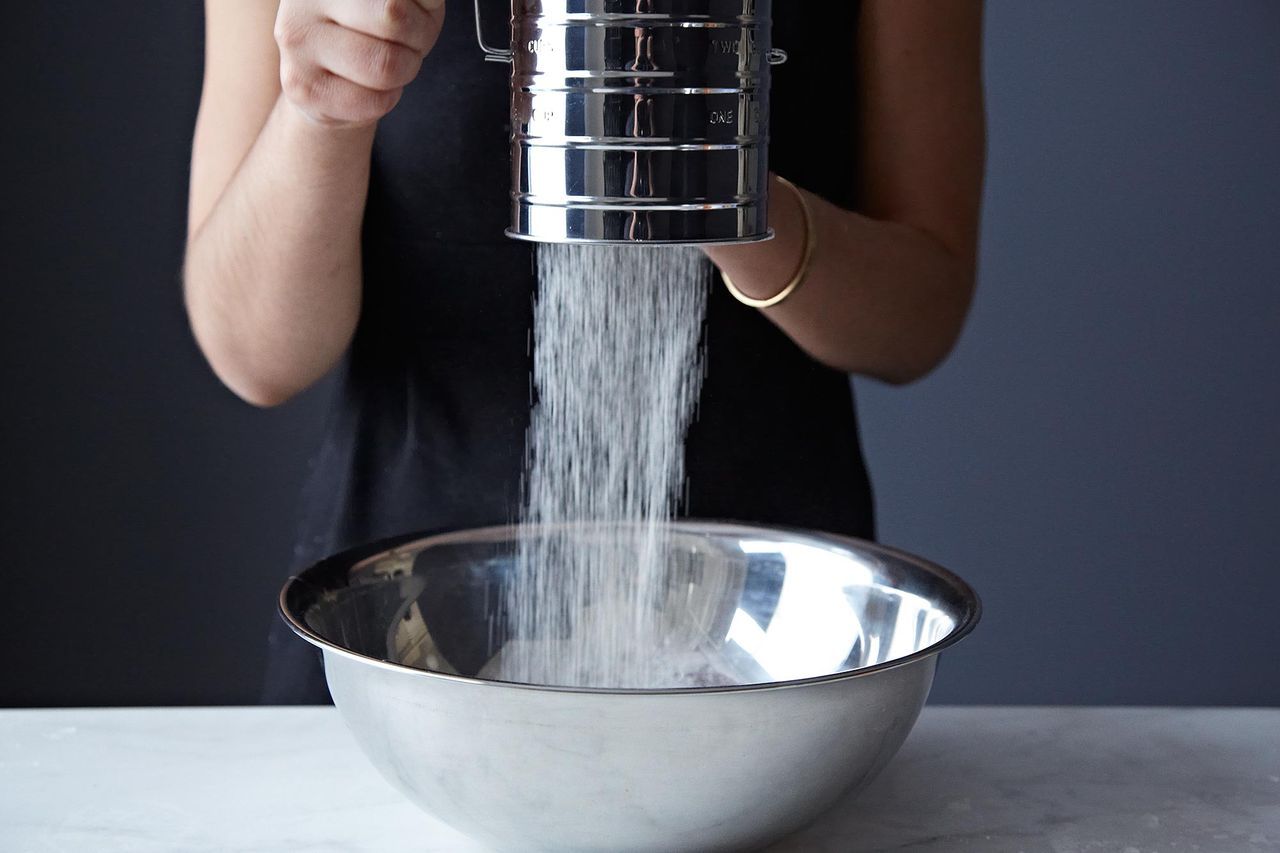
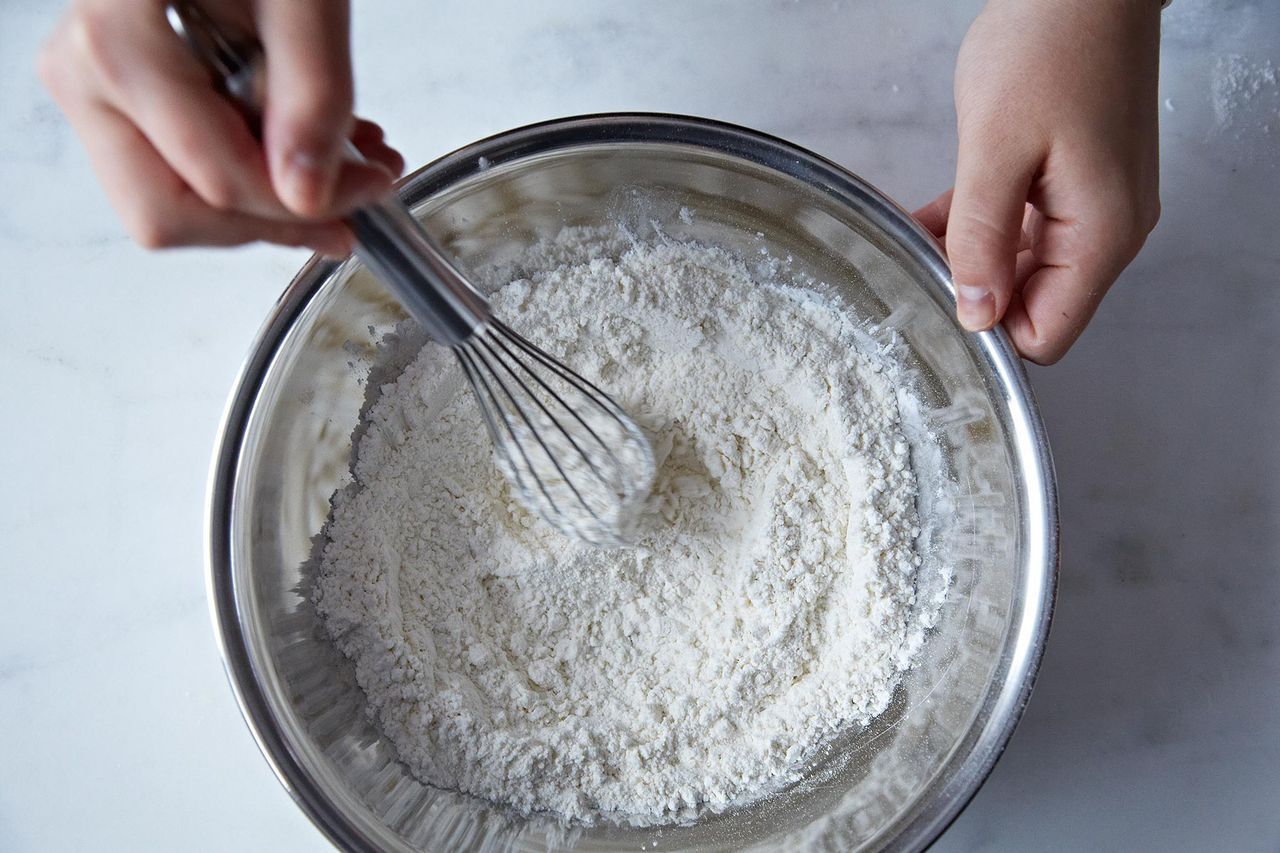

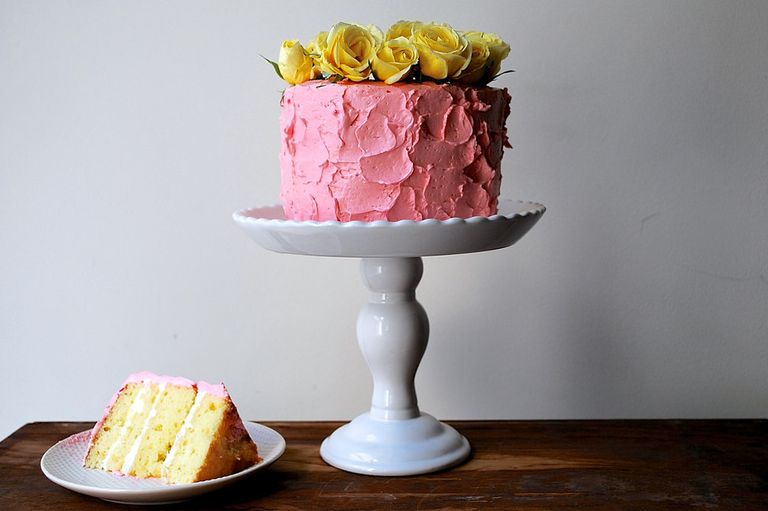

/9804f941-3abf-48ed-9842-6e56b504fb96--2017-0801_stella-parks-angels-food-cake_julia-gartland-433.jpg)
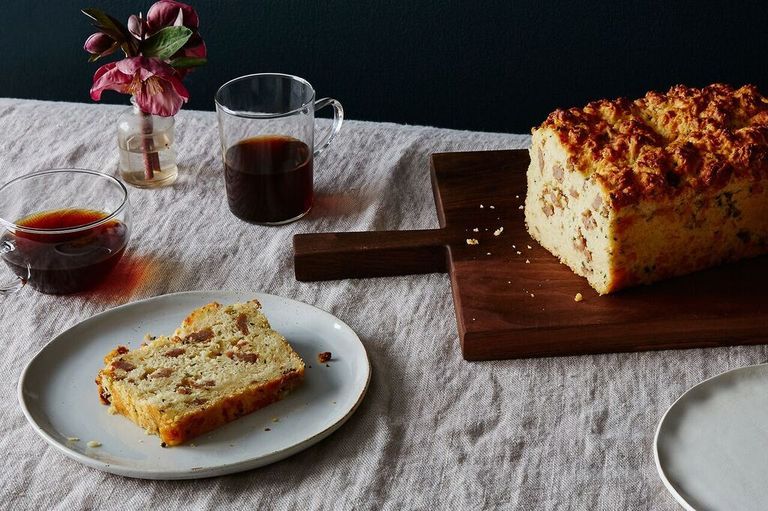

/c55cda1e-8405-4273-8b6a-df6aa2abaee7--2021-0203_3-ingredient-biscuits_3x2_rocky-luten_033.jpg)

See what other Food52 readers are saying.